kepi i rodonit - 180,000 m²
Projects > Kepi i Rodonit
Located on a rocky peninsula jutting into the Adriatic north of Durrës, Kepi i Rodonit—also known as the Cape of Skanderbeg—is a place where natural beauty and history converge.
The site features the ruins of Rodoni Castle, built by Skanderbeg around 1450–52 to fortify the northern Adriatic coast This strategic location awarded the fortress a commanding view over the sea and surrounding landscape.
Historical & Cultural Significance
Ancient Roots & Mythology
Ancient Roots & Mythology: The name “Rodon” traces back to an Illyrian sea deity mentioned on ancient coins, suggesting the cape was once a maritime sanctuary
Medieval Legacy
In the 13th century or earlier, a Franciscan church—later known as St. Anthony's Church (Kisha e Shën Ndojt)—was built here. It was part of a monastery and gained prominence when Skanderbeg chose the cape as
Cultural Monument
The church was designated a Cultural Monument of Albania in 1963. After centuries of decay—due to an 1852 earthquake—it was restored and reopened with EU support through the EU4Culture program.
Why Kepi i Rodonit Is Ideal for Solar Development?
Unspoiled Terrain
The cape remains largely undeveloped aside from historical sites, offering open land ideal for solar installation with minimal ecological disruption
High Solar Potential
Albania enjoys over 300 days of sunshine, and the coastal exposure of the cape ensures strong, consistent solar irradiance.
Accessibility
A paved but rugged road from Tirana or Durrës leads to the site; the final stretch is walkable, enabling project access with modest infrastructure investment
Strategic Landmark
Proximity to cultural attractions (the church and castle ruins) means that solar infrastructure could be integrated into heritage tourism—enhancing visibility while diversifying site use.
EU & Heritage Alignment
Solar development here could align with broader EU sustainability goals, and the coexistence with protected heritage elements like the church reinforces compliance with cultural preservation mandates.
Local Community Engagement
The surrounding areas of Kepi i Rodonit are sparsely populated but historically tied to agriculture and fishing. A solar development here could create local employment, support rural economic growth, and demonstrate how clean energy projects can coexist with traditional livelihoods.
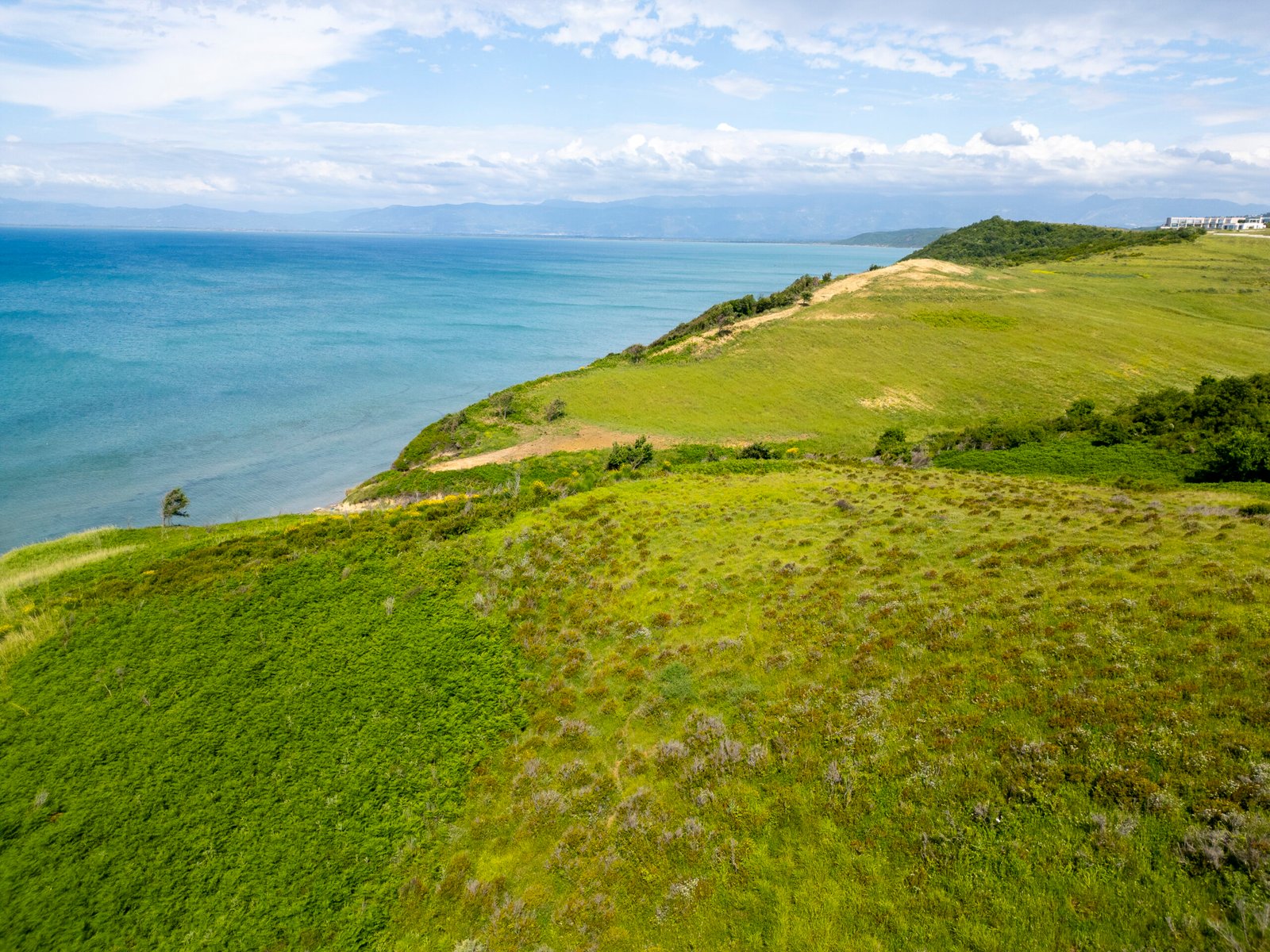
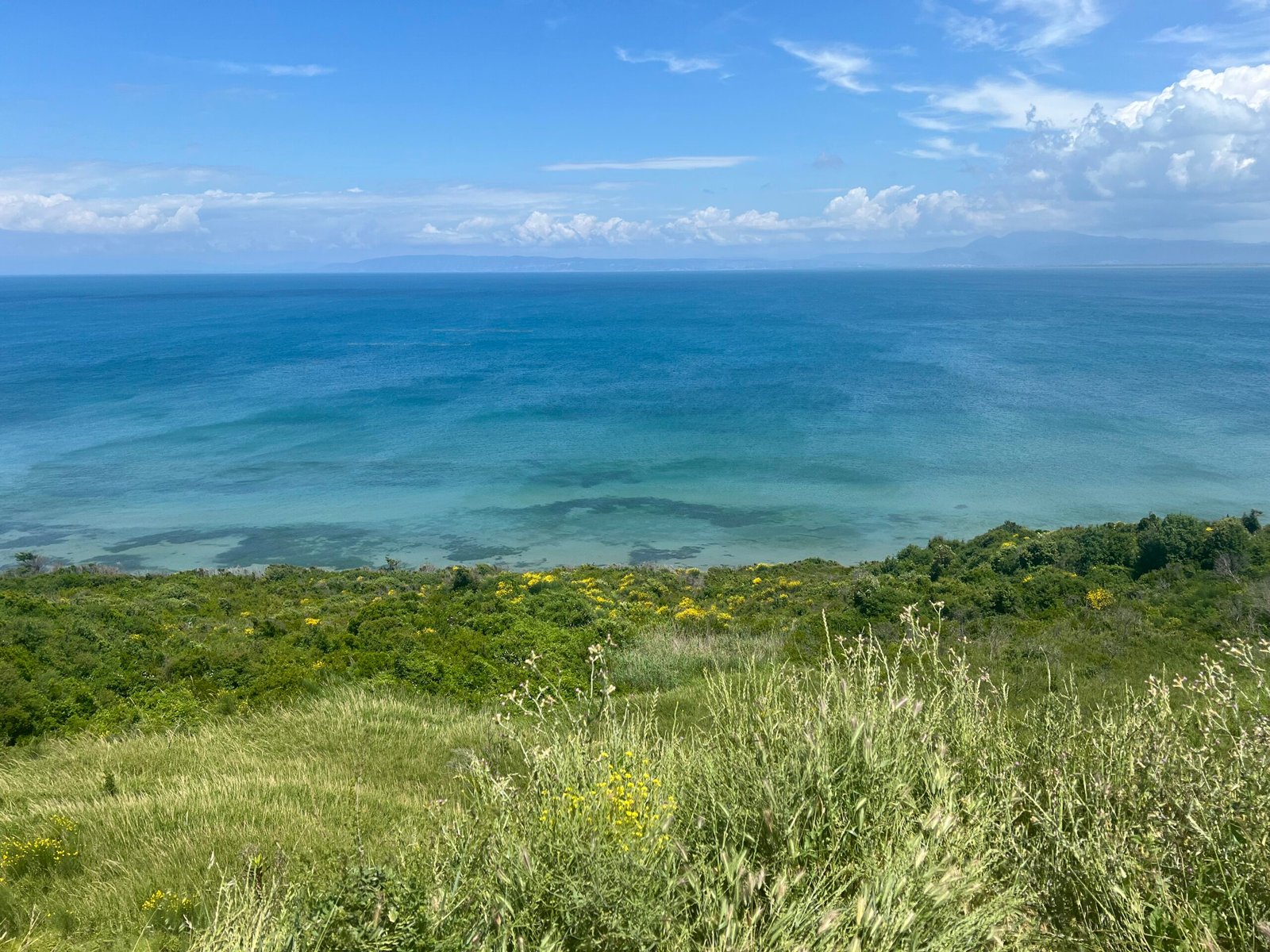
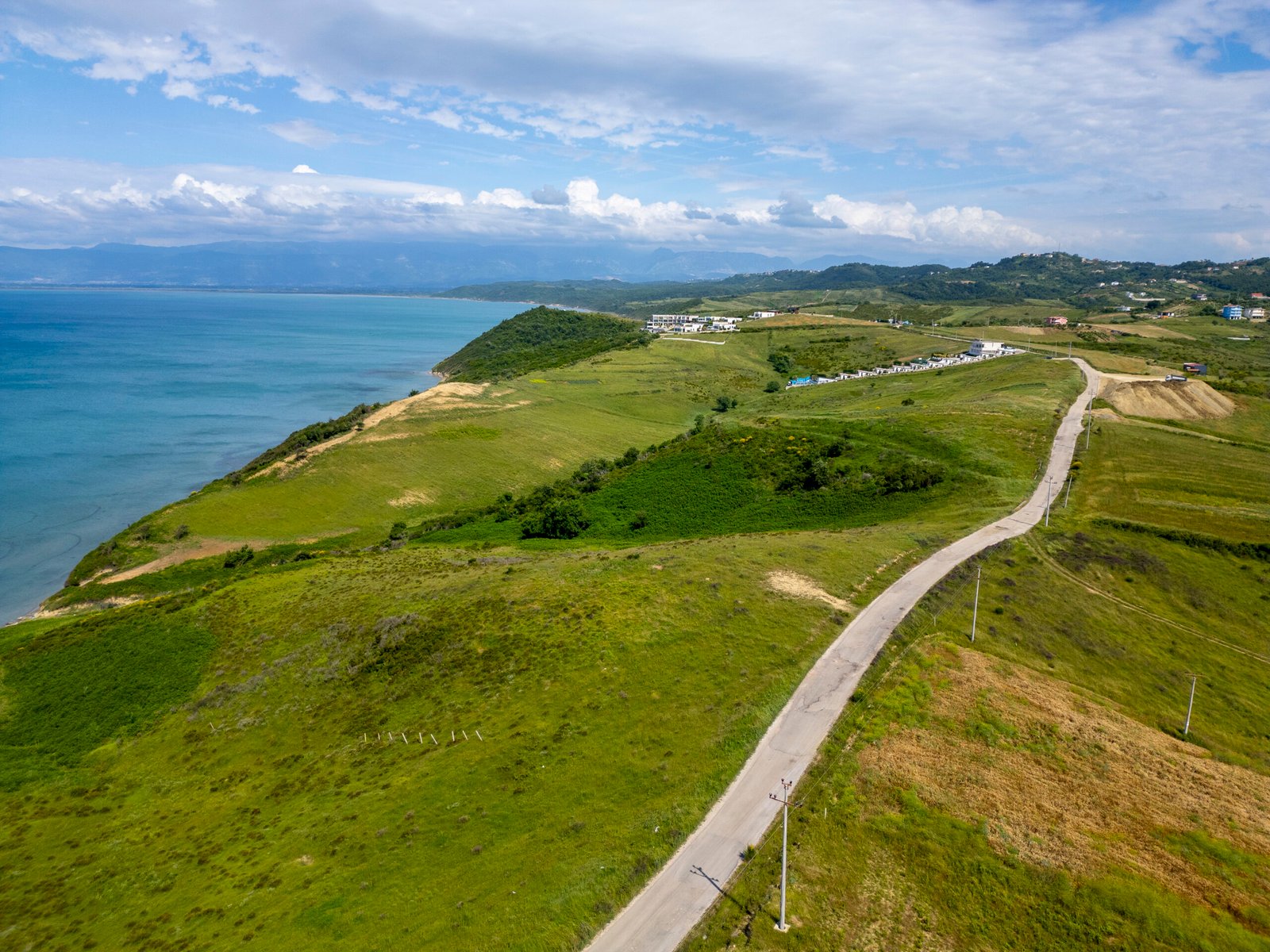
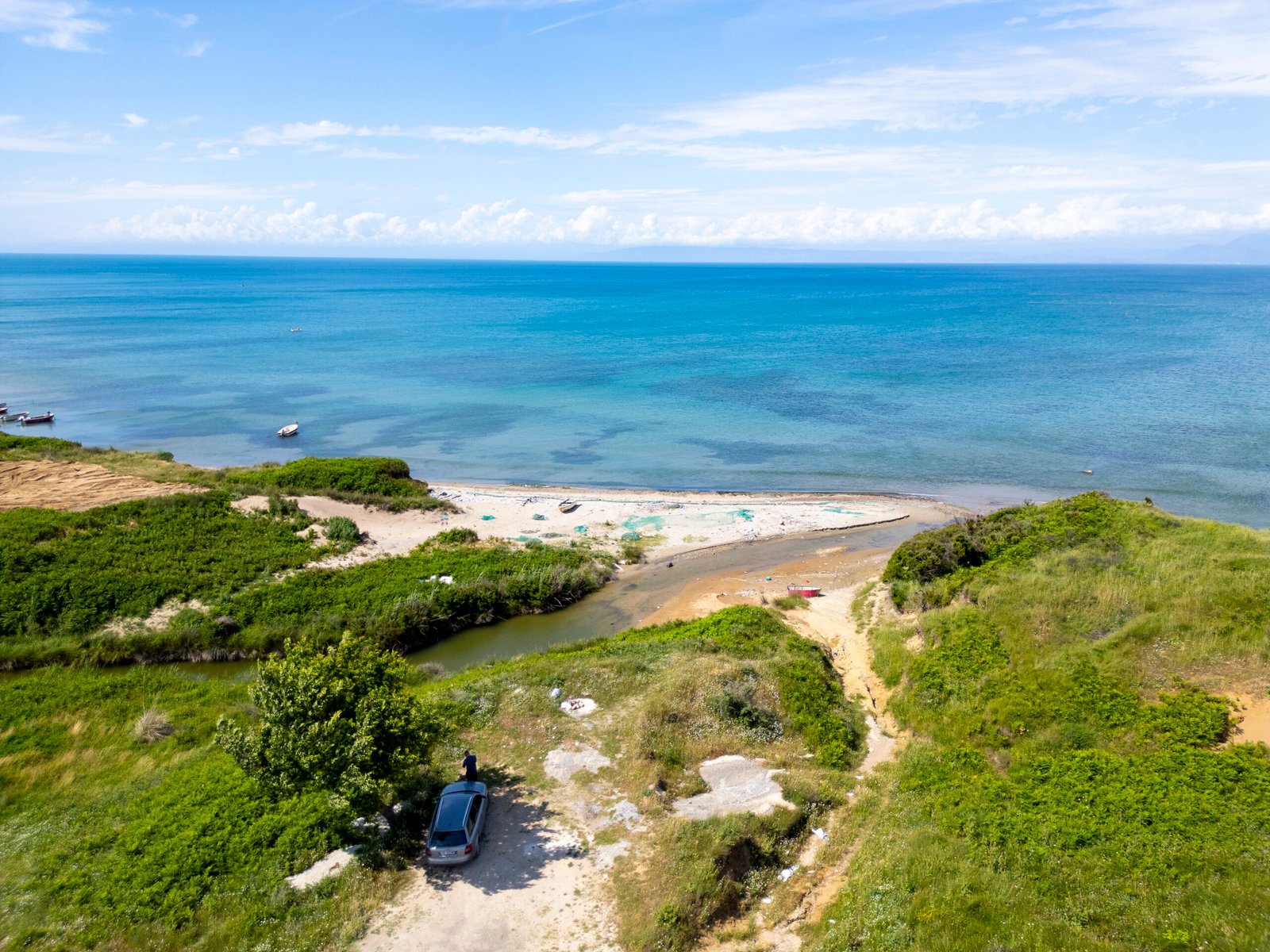
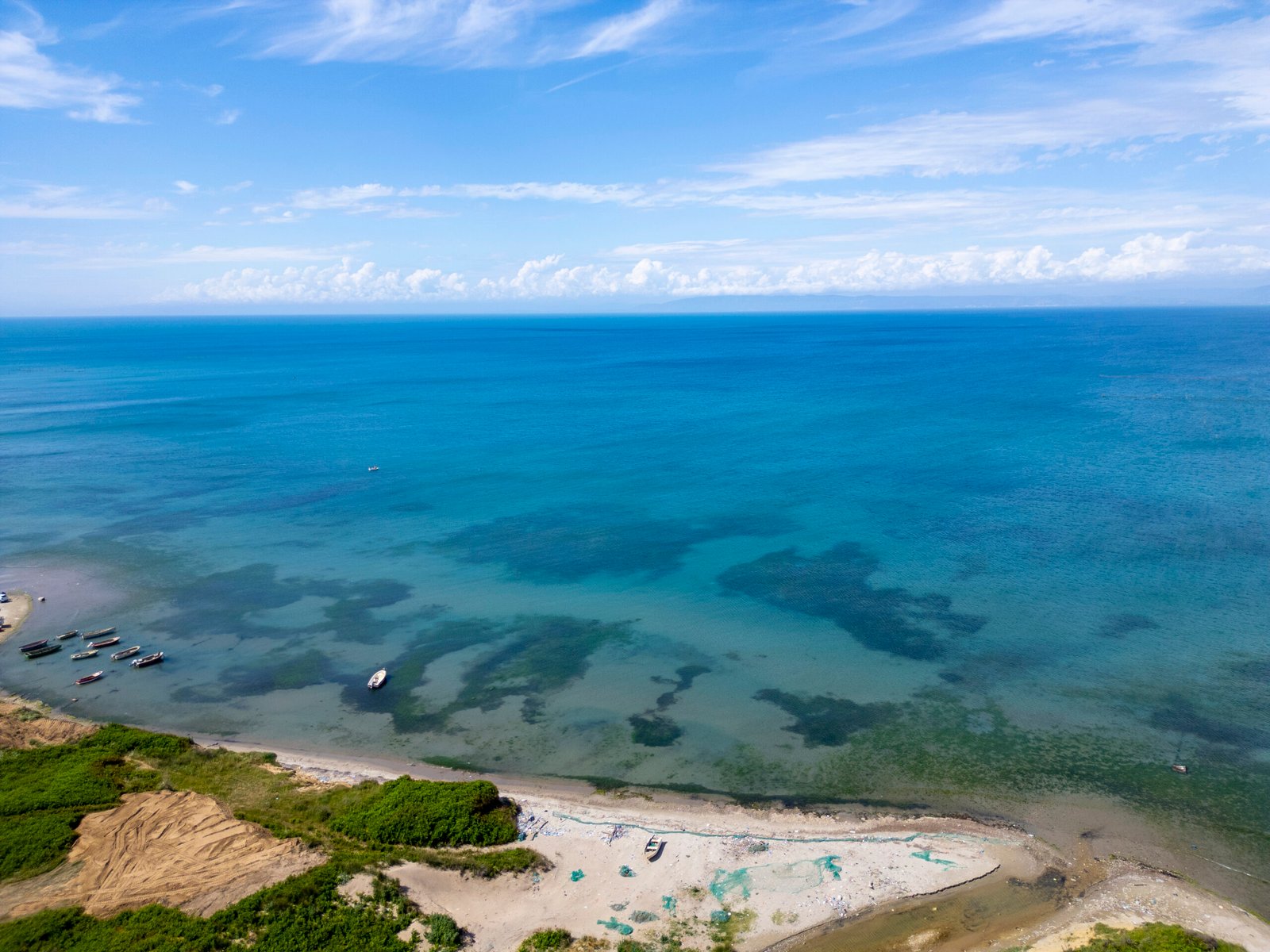
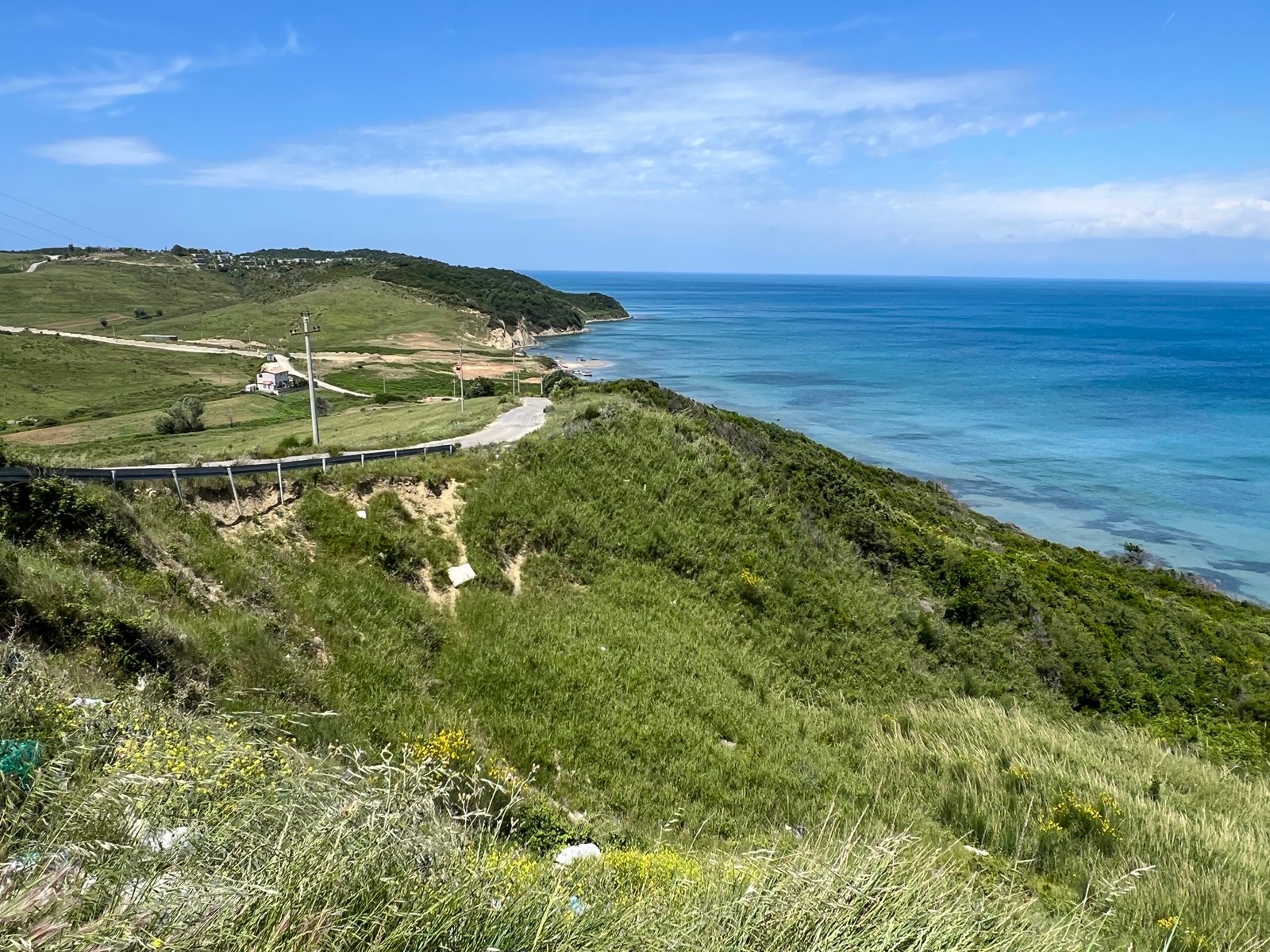
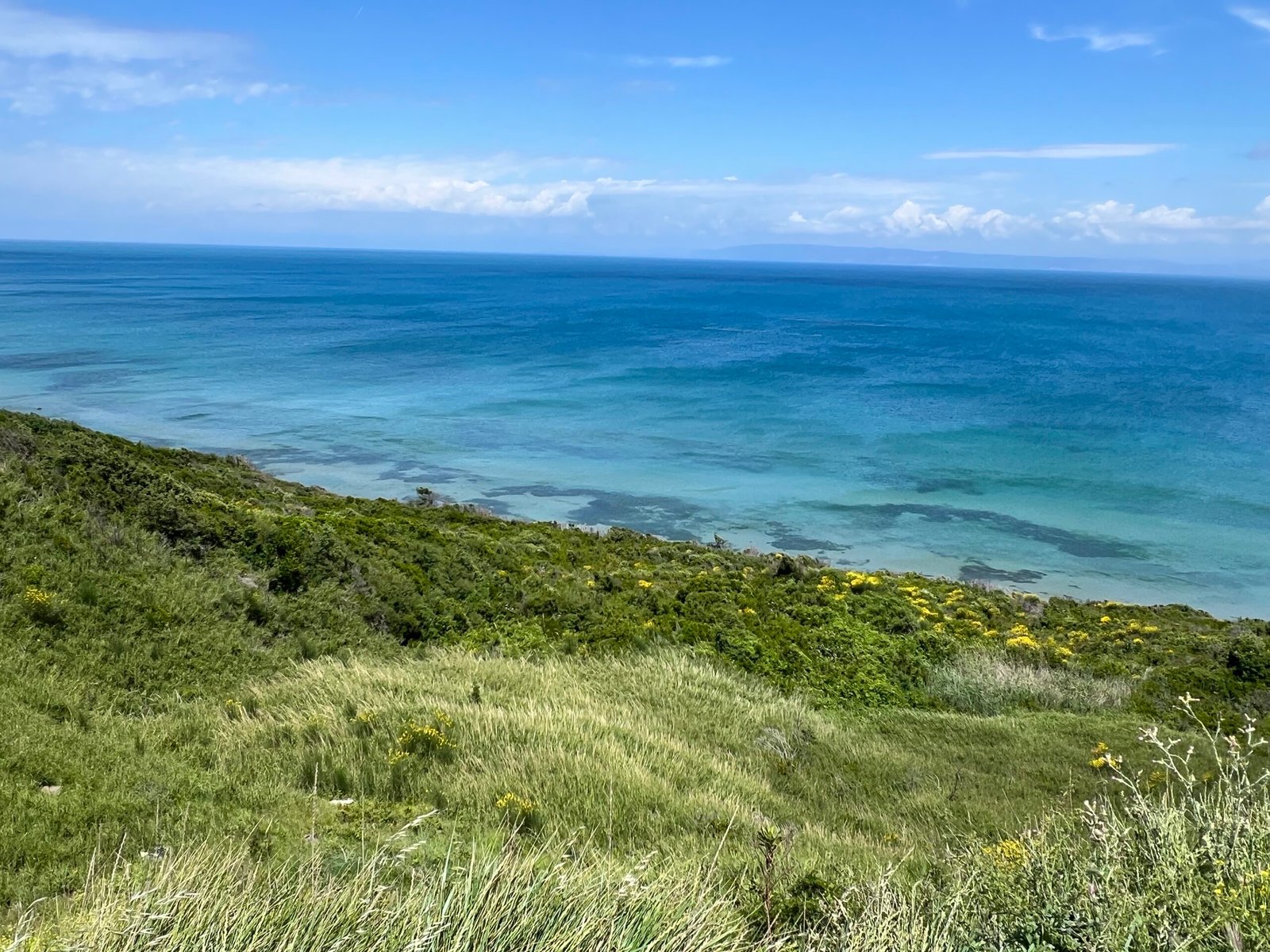
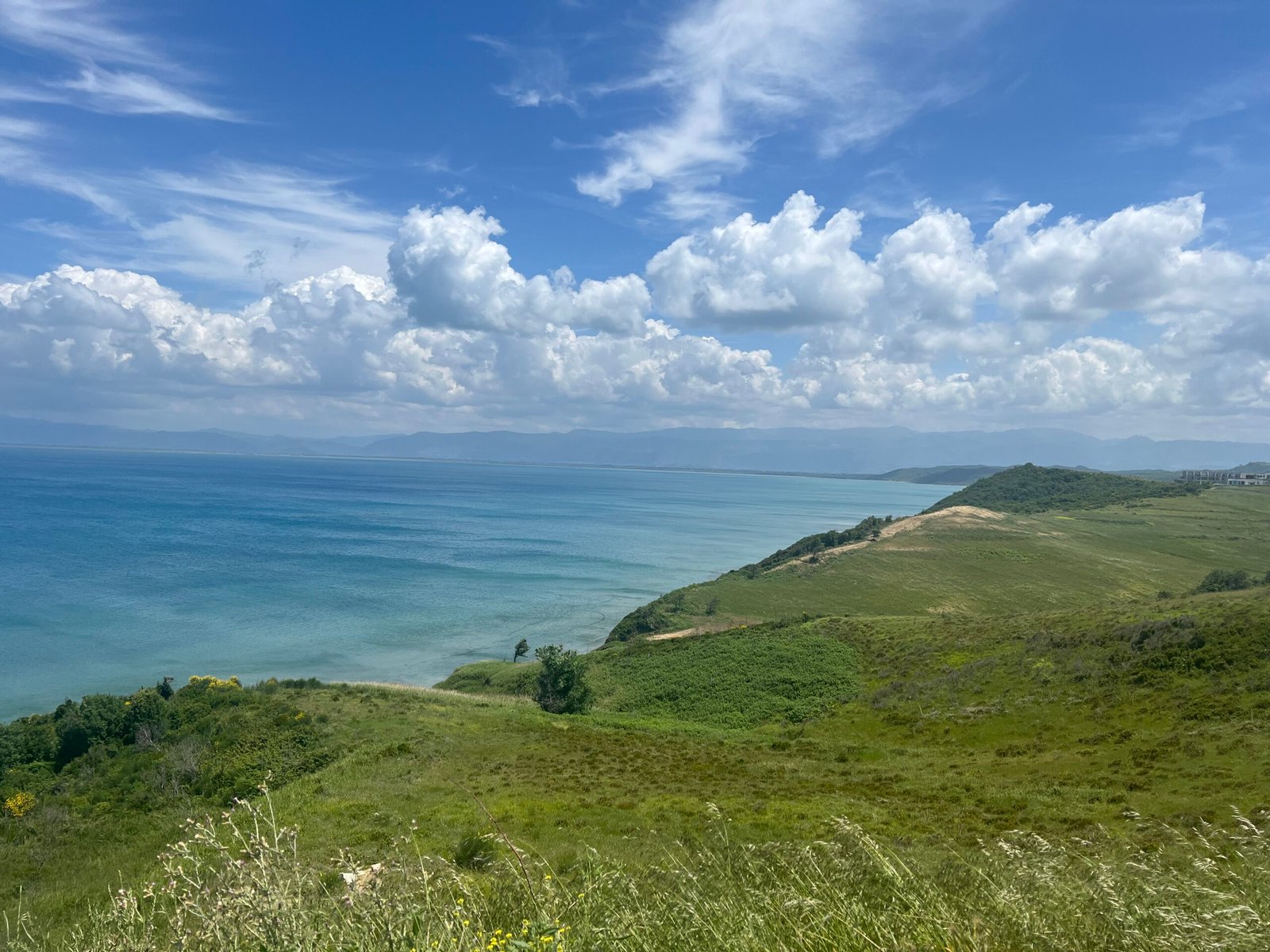
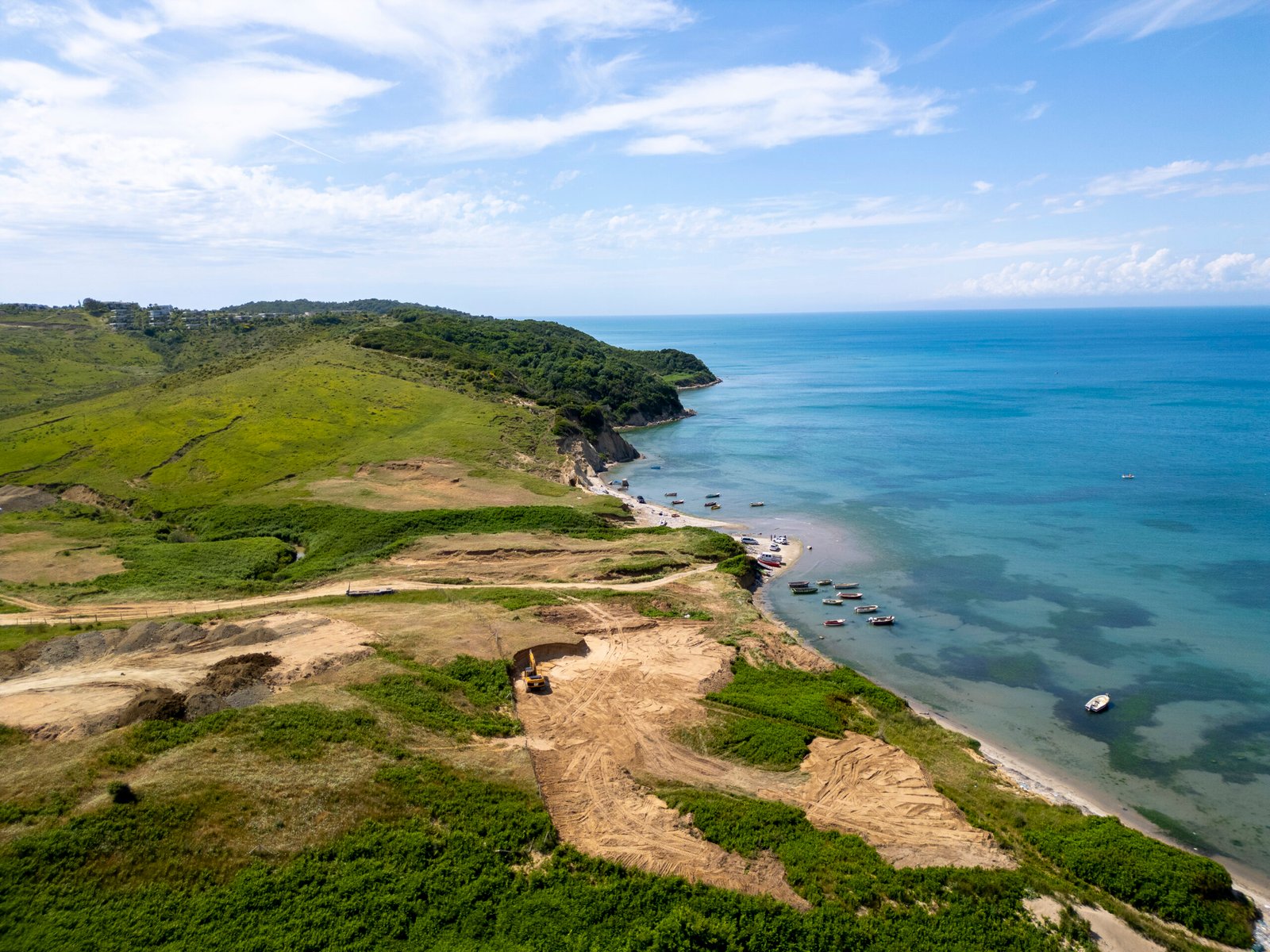
Summary
- Kepi i Rodonit is a compelling project site that blends rich historical significance—from Illyrian myth and Skanderbeg’s fortress to a church honored by EU-backed restoration—with strategic potential for solar energy. Its coastal terrain, cultural visibility, and road access make it a prime location for sustainable, heritage-conscious solar investment.


